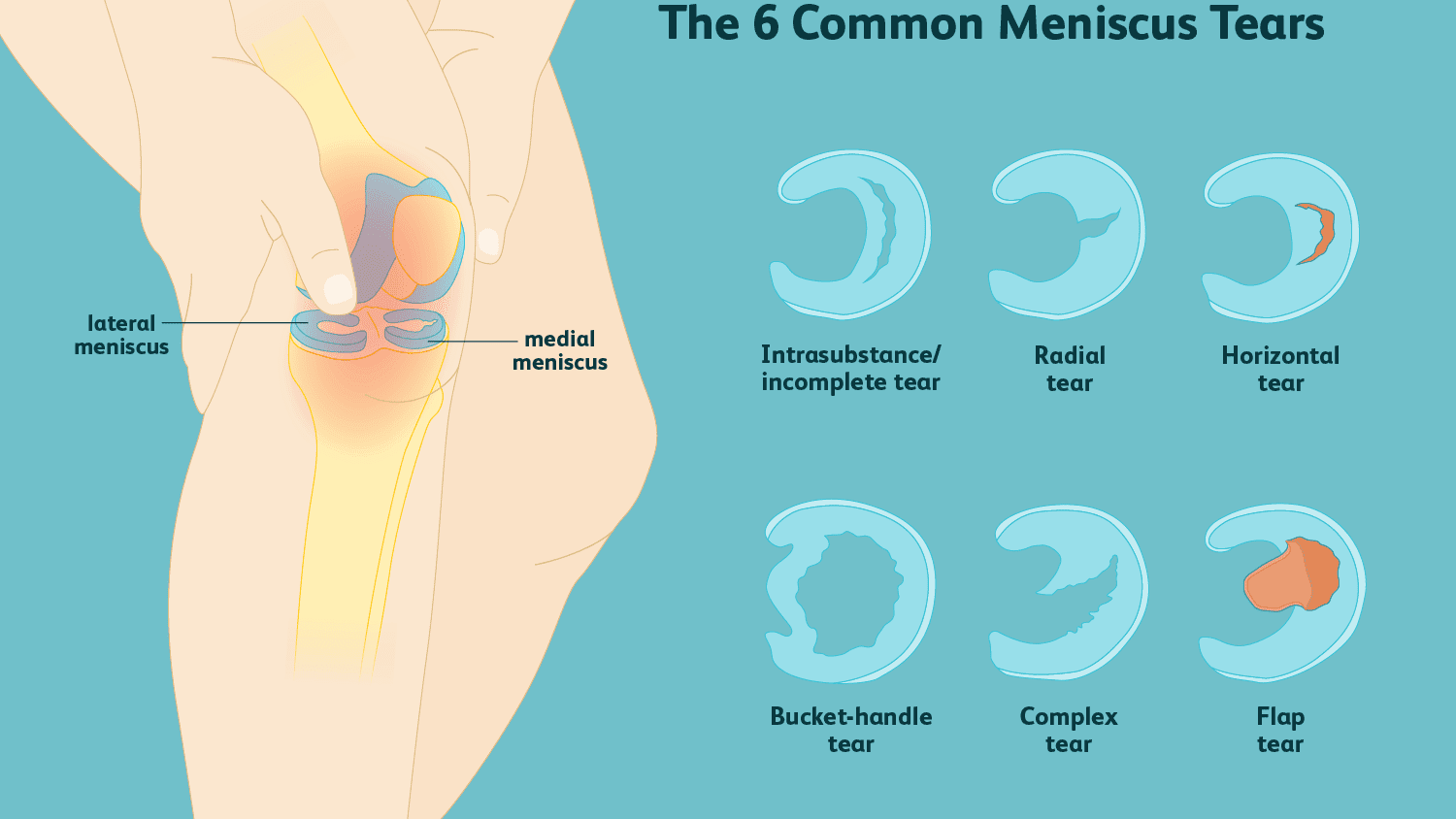Is your meniscus causing your knee pain?
Patrick Mulligan |
What is a meniscus?
The meniscus is a cartilage structure which is found within the knee joint. This cartilage structure acts as a shock absorber between the thighbone and shinbone. This acts as a cushion to distribute load within the knee. Forces which are transferred through the knee increase exponentially as speeds of activity increases i.e running.
Occurrence
An injury may occur to the meniscus due to twisting or direct impact. These injuries are common during sporting activities. A tear may happen when sudden twisting of the knee occurs while the foot is still planted on the ground. Pain and swelling will occur within 24 hours. Walking, bending or twisting of the knee with difficult and painful. There may be a locking sensation when bending or straightening the knee. Injury may also occur due to repetitive wear-and-tear (degenerative) injuries.
Diagnosis
A full battery of diagnosis tests will be completed to determine a meniscus injury. Patients may have tears which cause few problems, while others may have tears which cause pain affecting activities of their daily living. MRI may be used to evaluate ligaments and articular cartilage health. Treatment ranges from non-operative to surgical, depending on multiple factors. These factors include symptoms, health status, age, type and location of the tear.
Interventions
Acute, traumatic tears, are typically treated surgically. The goal is to repair the meniscus structure. There are a variety of surgical techniques to do this. Meniscus repairs are completed as one day arthroscopic procedures. Patients are typically discharged on the same day of surgery. Physiotherapy begins immediately after this surgery. A unrestricted return to sports is usually achievable with physiotherapy six months after surgery.
Rehab
The first goal of physiotherapy rehab is to decrease post-operative pain and swelling. Physiotherapy interventions will include manual and exercise-based therapies. Physiotherapy will aim to restore full range of movement and strength within the early stages of healing. Next physiotherapy will work to restore strength, balance and proprioception. Late stage rehab will include dynamic exercises such as jumping and directional change movements. We aim to achieve mutually agreed rehab goals with a return to baseline function.

How Can Physiotherapy Help?
If you are finding it hard to complete regular exercises due to pain, fatigue or simply time schedules speak to us at Compass Physio.
Exercise is for everybody. At Compass physio we will complete a full physical assessment and will help identify any possible underlying causes that may limit your exercise regime.
Our chartered physiotherapists will help you to build strength and strategies which will help tackle any problem.
At Compass physio we will help you succeed and reach your goals.
To find out how Compass Physio can help, call 046 954 9456 (this number covers all clinics), click here to book online.
You can also email any questions to info@compassphysio.ie
Paddy Mulligan – MISCP Chartered Physiotherapist Compass Physio

